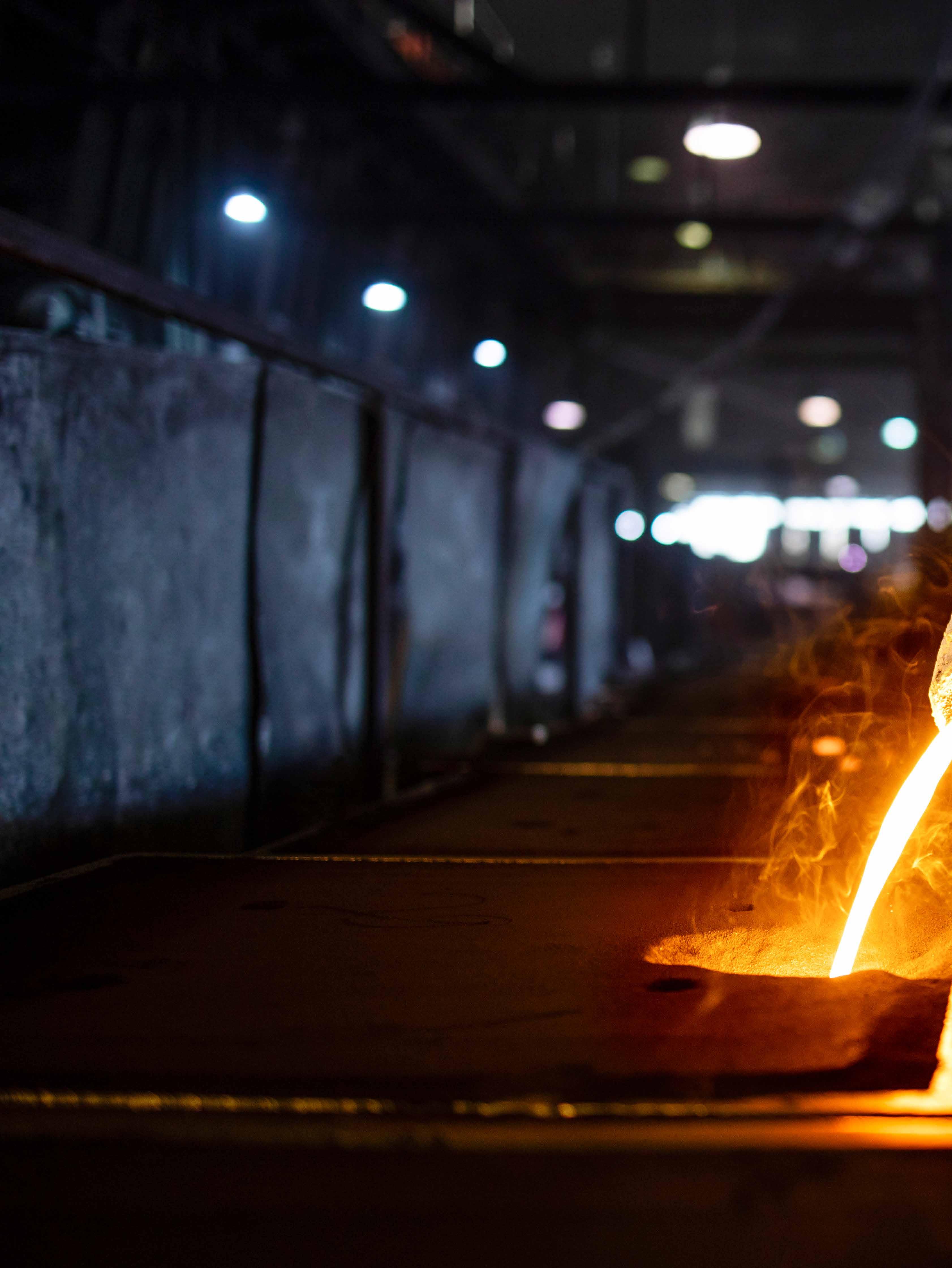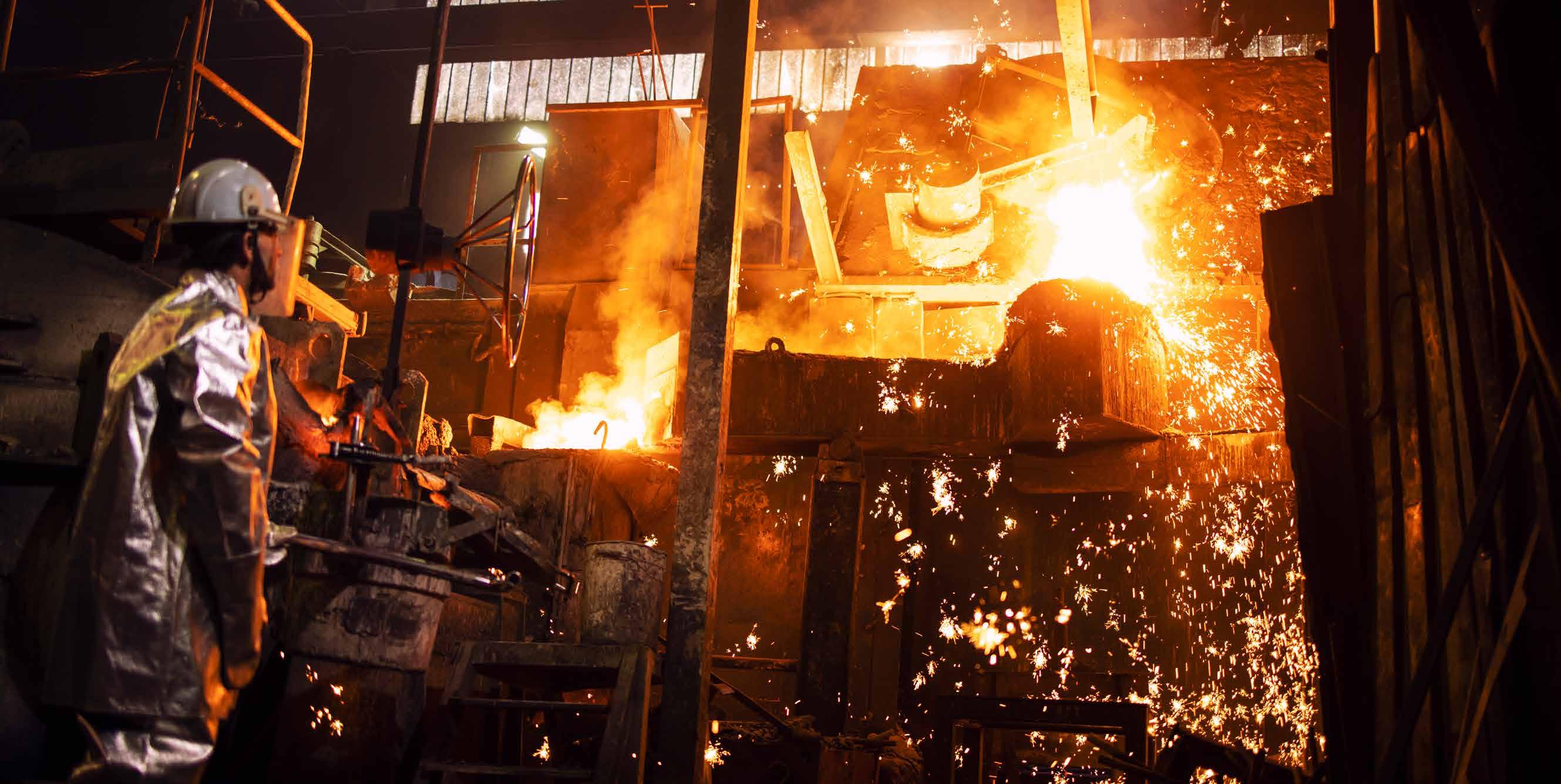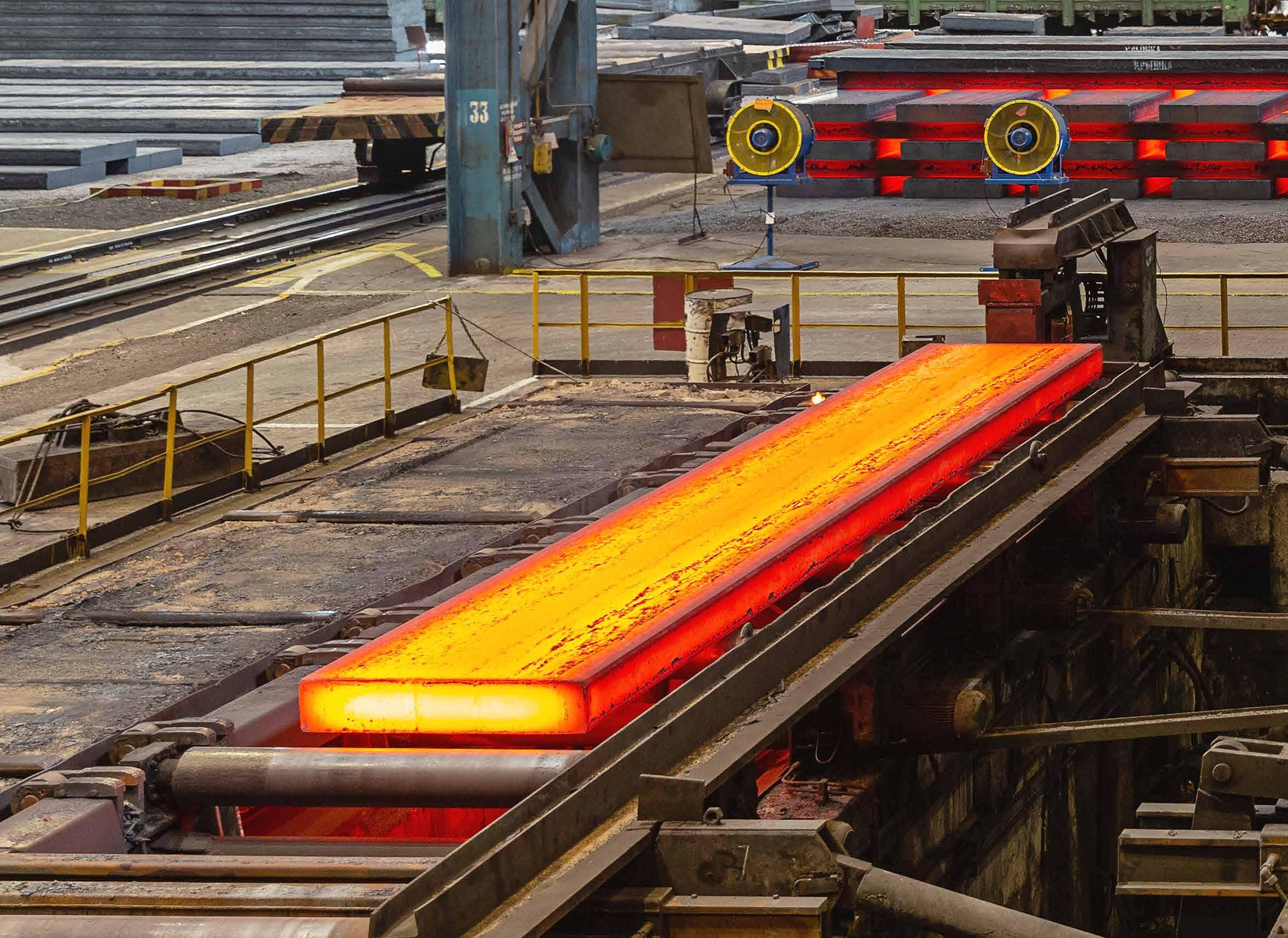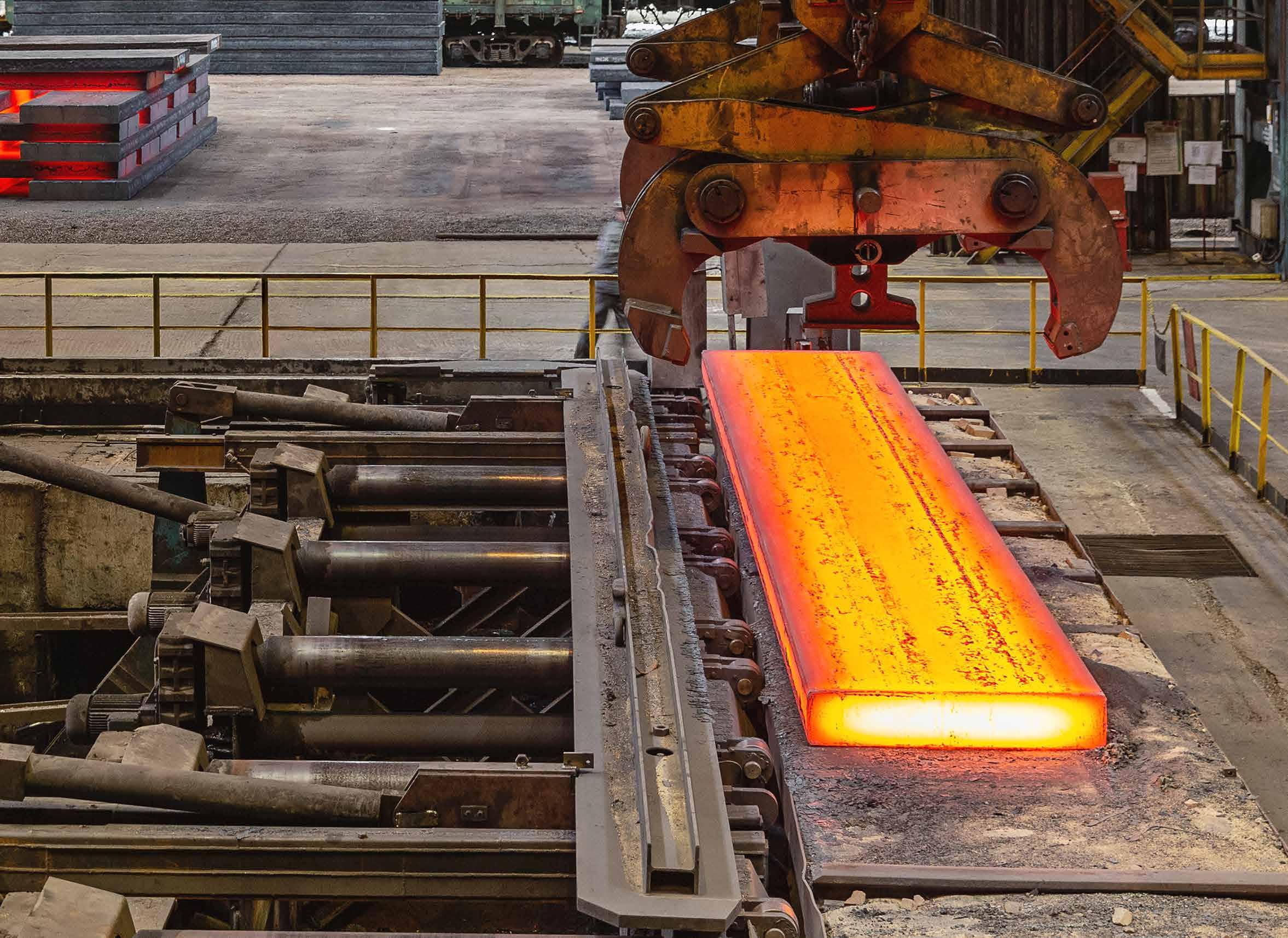
4 minute read
Lucy Kessler
Forging a Collective Path toward ClimateAligned Steel

Advertisement
You are surely aware of steel’s footprint in modern civilization: it is found in everything from cars to skyscrapers, refrigerators to wind turbines. You are likely unaware however, that this metal has a tremendous carbon footprint as well.


By Lucy Kessler Lead Steel, Center for Climate-Aligned Finance & Manager, Rocky Mountain Institute (RMI)
The steel sector’s carbon emissions account for about 8% of the world’s total, equivalent to the annual emissions of India; meaning if the steel sector were a country, it would be the third largest emitter on the planet.
Not only that, but due to economic growth and projected demand, emissions from the sector are estimated to consume between 10% and 20% of the world’s remaining 1.5°C carbon budget. The scale of the challenge is immense. But where are the solutions—and what role, if any, can capital providers play in the sector’s decarbonization?
Let’s examine the problem: why the steel sector is considered “hard to abate.” There are three primary challenges to decarbonizing the steel sector. First, about 70% of global steel production relies on coal, used to remove oxygen from iron ore and turn it into steel. While other carbon-intensive industries, have viable alternatives, such as electric vehicles for the transportation sector, there are not yet sustainable cost-competitive alternatives in the steel sector. Since steel is a commodity with thin margins and fierce competition, investing in alternative technologies to reduce iron ore, by replacing coal with hydrogen, is cost-prohibitive for many producers.
Second, there is no established market for zerocarbon or “green” steel. This makes it impossible for customers to differentiate between products, which would otherwise indicate a demand signal for producers.
Lastly, steel plants are long-lived assets and transitioning to low-carbon technologies before
Video Video Interview Interview

THE STEEL SECTOR’S CARBON EMISSIONS ACCOUNT FOR ABOUT 8% OF THE WORLD’S TOTAL. MEANING IF THE STEEL SECTOR WERE A COUNTRY, IT WOULD BE THE THIRD-LARGEST EMITTER ON THE PLANET.

the end of their useful lives could result in stranded assets. Many steel sector investors and lenders recognize how these issues are becoming a hotspot in their portfolios and pose risks from a valuation standpoint.
Capital providers are also in a difficult position. On one hand, global financial institutions have made their own net-zero commitments and are increasing efforts to align their portfolios with the goals of the Paris climate agreement. On the other, financial institutions face several barriers to achieving those net-zero commitments and are increasingly realizing the sizable challenges posed by hard-to-abate sectors, such as steel.
At the Center for Climate-Aligned Finance, we are supporting financial institutions to address these challenges by taking a “sectoral approach”—convening leaders from high-emitting, hard-to-abate sectors in the real economy.
This is what happened in the shipping sector through the Poseidon Principles, a


framework to assess and disclose whether banks’ ship finance portfolios are in line with their climate targets. In practice, shipping companies disclose the carbon intensity of their vessels, and banks use that information to compare their actual carbon intensity to a benchmark that shows where the emissions should be to adhere to climate goals. Poseidon signatories also then work to bring their portfolios in line with climate targets.
The Poseidon Principles agreement, which was signed in 2019, now includes 26 leading banks, representing about $185 billion in shipping finance. Based on the success of this model, we are now working to replicate this real-world example of collective action catalyzed by a climate-aligned finance agreement for the steel sector. WHILE OTHER CARBON-INTENSIVE INDUSTRIES, HAVE VIABLE ALTERNATIVES, SUCH AS ELECTRIC VEHICLES FOR THE TRANSPORTATION SECTOR, THERE ARE NOT YET SUSTAINABLE COST-COMPETITIVE ALTERNATIVES IN THE STEEL SECTOR.

This type of framework for the steel sector would represent a crucial step forward for the industry. First, banks arrange most global steel financing through corporate bonds and so a collective, voluntary commitment from banks lays out a proactive but realistic role for them. Secondly, a collective agreement creates a level playing field for financial institutions by helping overcome the fundamental challenge of “first-mover disadvantage”—a bank turning down a high-emitting client only for the client to go to the bank’s competitor. Collective action helps to inform how banks can partner with their clients to support decarbonization.
To enable this collective action among steel financiers, the Center has gathered some of the largest steel sector lenders in a working group, led by ING and co-led by Societe Generale. This working group, together with some of the largest steel producers, will help develop an industry-backed pathway to netzero emissions, identify a uniform metric to measure against that trajectory, decide upon a governance and reporting framework, and ensure access to transparent and comparable data for lenders.
The goal is to launch the finance agreement at COP26, alongside other multi-stakeholder commitments for the steel sector being coordinated by the Mission Possible Partnership.
Decarbonizing the steel sector will not be easy, but signs are promising. With leading banks developing a climate-aligned finance agreement for steel in the coming months, the momentum towards net zero for the steel sector is only getting stronger.










